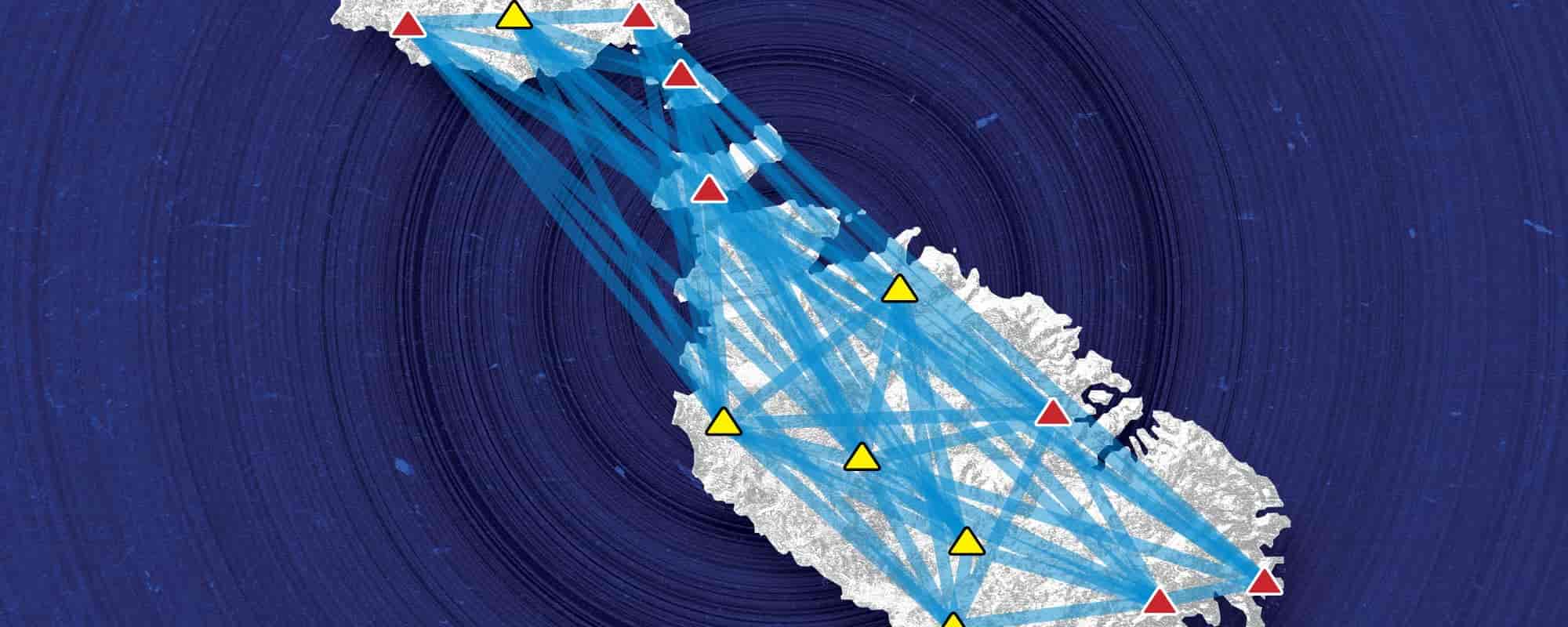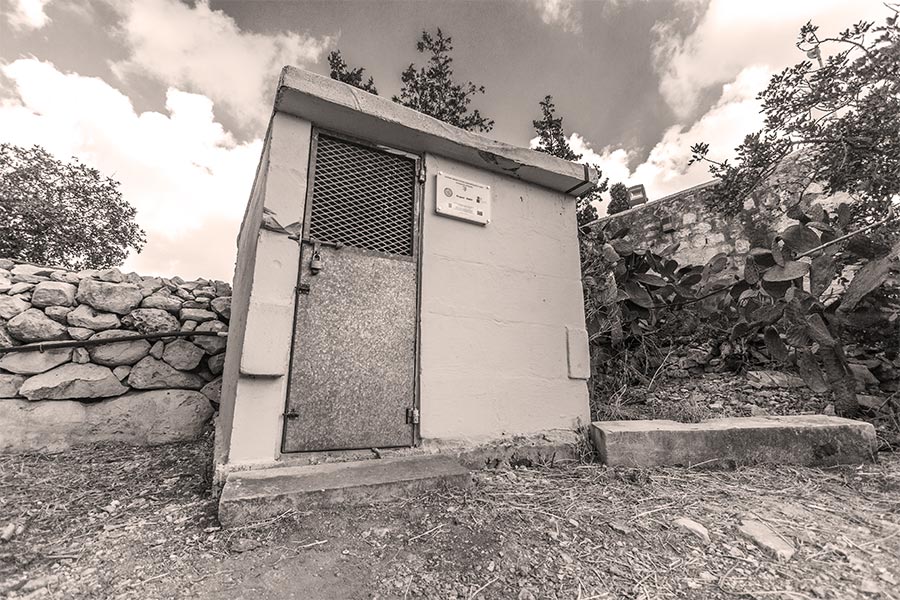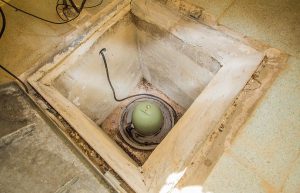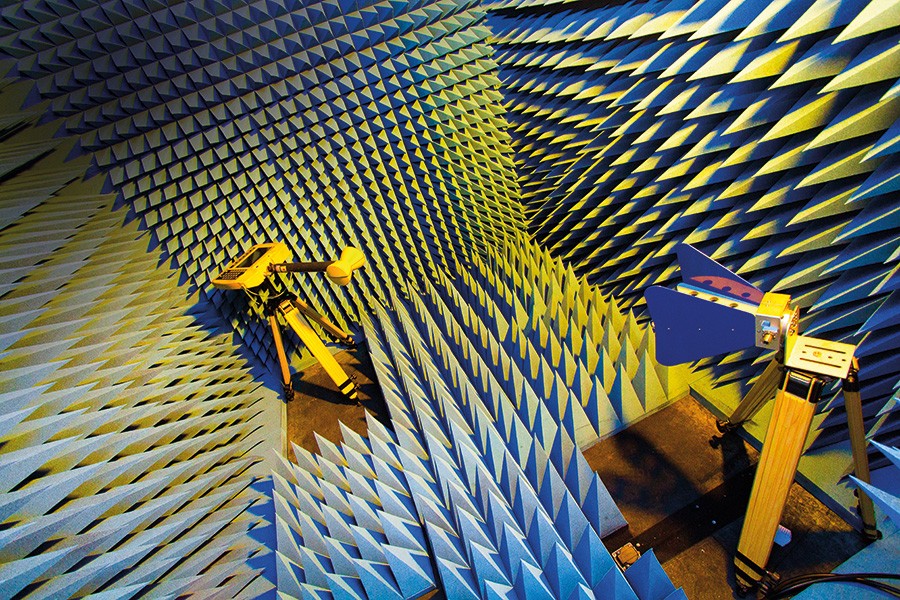Malta depends on subterranean groundwater for agriculture, industry, and a large population. A University of Malta initiative, Project SIGMA, is monitoring groundwater sources not by digging for them, but by listening.
Continue readingMalta Seismic Network
| Tech Specs |
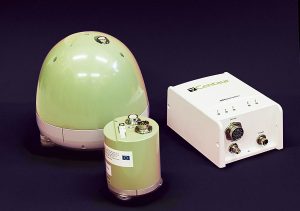
Sensors: Trillium 120PA/Trillium Compact Technology : 3 symmetric triaxial sensors with force feedback Bandwidth: 8mHz to 150Hz Weight: 7.2kg/1.2kg Height: 20cm/10cm Power consumption: 600mW/160mW Data Loggers: Centaur 24-bit ADC, Internet-enabled |
The earth’s surface is never still. And that is why over the past three years the Seismic Monitoring and Research Group (Faculty of Science, Department of Geosciences), has been placing its ears more firmly to the ground, listening to the smallest vibrations of our Earth.
Since 1995 the Malta Seismic Network has grown from a single seismic station at Wied Dalam to a network of six broadband instruments all over the Maltese Islands.
Stations are installed in several locations. The sensitivity of the instruments means that they need to be homed in places where human interference is minimal. Church crypts and underground tunnels are perfect. Being broadband instruments, they can detect very slow vibrations from frequencies less than a millihertz (the whole Earth’s normal mode frequencies), to tens of hertz (ground motion from anthropogenic noise and near earthquakes).
The network can record close ‘microearthquakes’ with equal clarity to large earthquakes from all over the globe. These massive quakes send seismic waves travelling through the planet’s interior at several kilometres per second. All of this data is transmitted to a University of Malta server, which distributes the information to data centres worldwide.
But what is the advantage of having so many stations in such a small area? Firstly, researchers can gather valuable information and share it with the seismological community to build more detailed models of the Earth’s interior. Secondly, an immediate advantage is the enhanced detection and analysis of smaller and smaller earthquakes from all sides of the island, leading to a deeper insight of active faults. Thirdly, the network gives precious information on the proper es and structure of the rocks of Malta. More accurate information about our islands’ composition and behaviour will help make Malta earthquake-ready.
Sounds of silence
| Tech Specs |
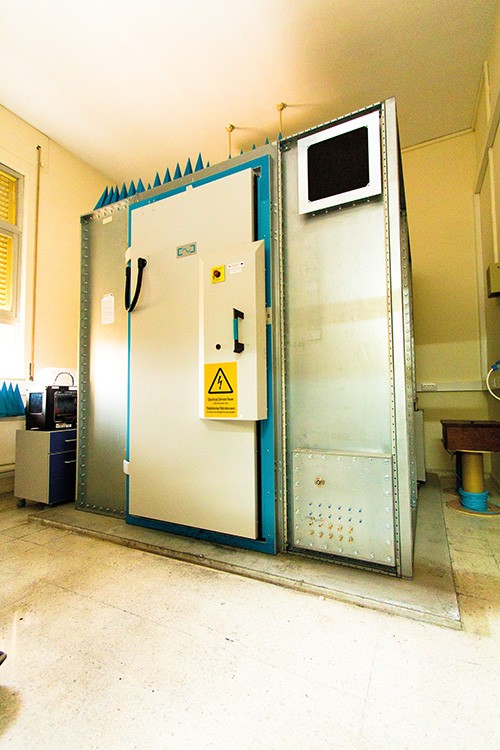
Dimensions: 2.5m x 2.5m x 2.5m Weight: 2 tonnes Frequency: 800MHz – 18GHz Price: €140,000 |
Everything in the world can emanate sound waves. These are invisible, consisting of vibrating particles in the air which can strike our eardrums, which lets humans hear. But what if you want to measure waves coming from a particular object?
An anechoic (echo-free) chamber is a heavy, metal enclosure with inner walls covered in foam wedges made from a radiation absorbent material. Any emitted sound or electromagnetic waves become trapped between these wedges until all their energy is completely absorbed. The chamber also eliminates all noise from exterior sources. Simply put, speak in an anechoic chamber, and you will hear the pure sound of your voice echo-free. The volume of these chambers is dictated by the size of the objects as well as the frequency of the device under investigation. They can be anywhere from the size of an old television monitor to the size of an aircraft hanger.
So what are they used for?
Testing electronic devices that radiate acoustic or electromagnetic waves and mapping out radiation patterns of antennas. It’s useful for systems such as satellites, radars, computers, missiles, and vehicles. Measurements aim to determine characteristics such as susceptibility, system sensitivity, effective radiated power, tracking ability, and comparability. The chambers can also be used to evaluate the effect of electromagnetic fields on human tissues, a type of experiment that has already been carried out in the University of Malta (UoM) anechoic chamber. Manufacturers of electronic equipment are required to conduct electromagnetic compatibility and immunity testing prior to placing a device on the market. This ensures that they won’t generate too much electromagnetic disturbance and will also be sufficiently immune from fields generated by other sources. Due to this new equipment, the UoM will be able to provide pre-compliance testing services to companies, which will prepare their devices for expensive compliance testing in certified laboratories, saving them a good sum of money.

